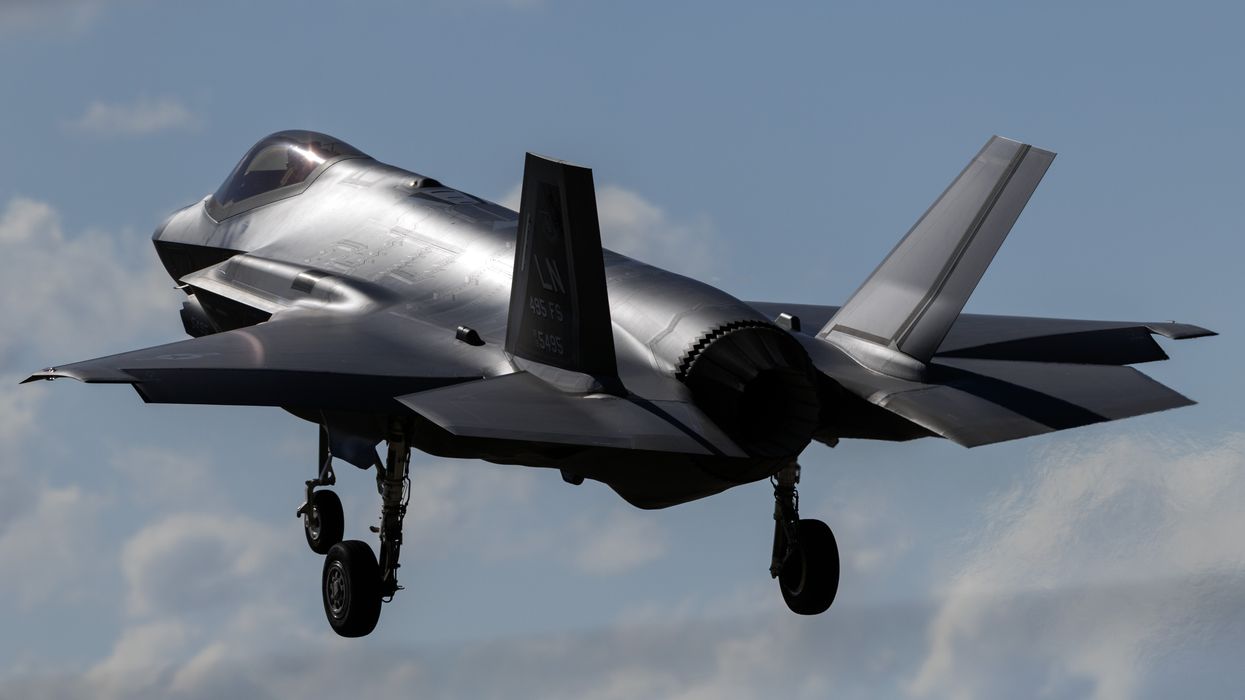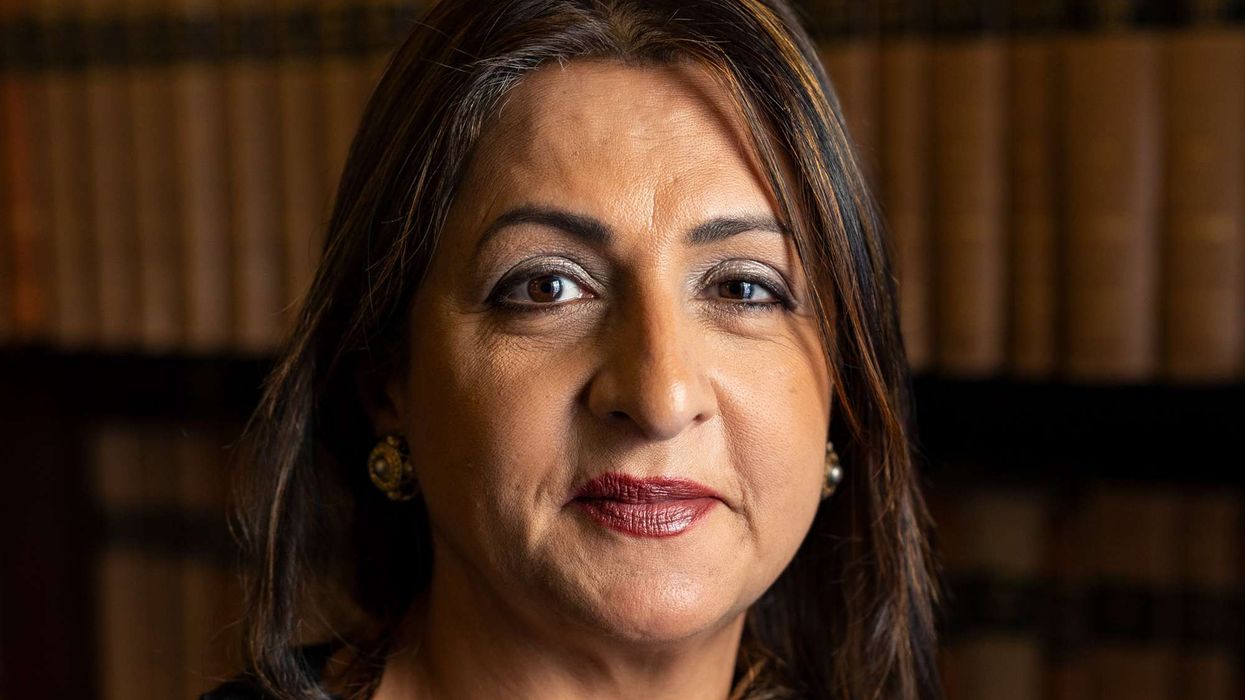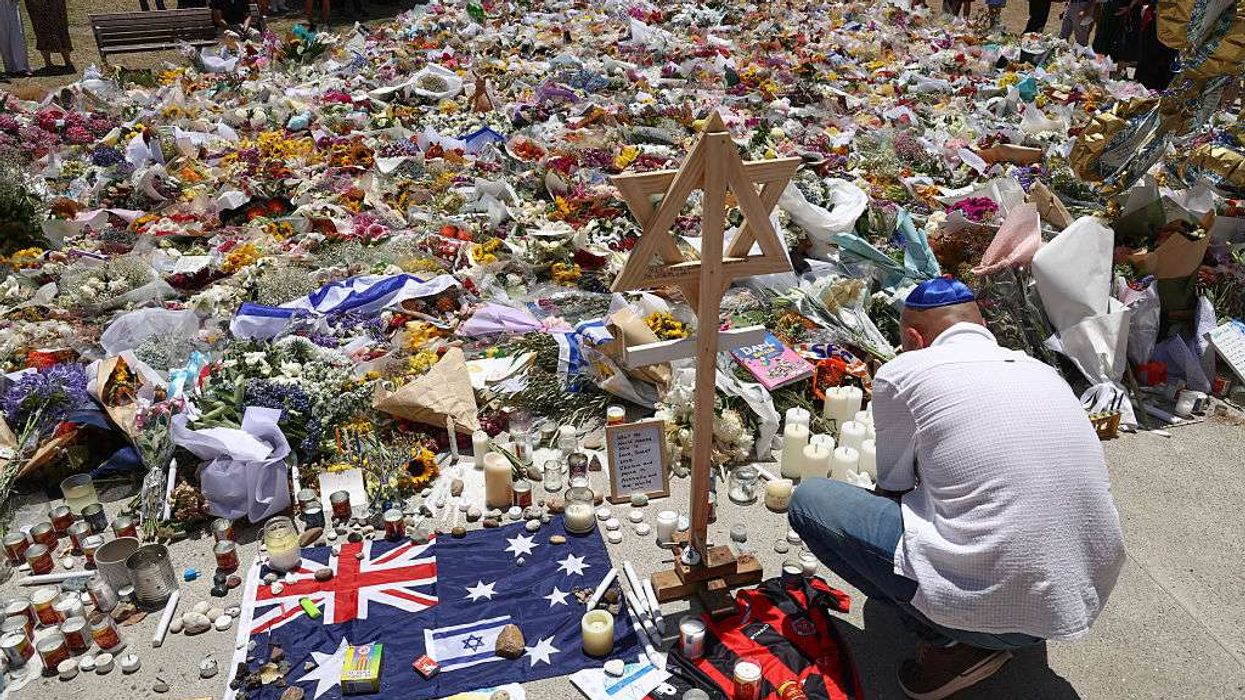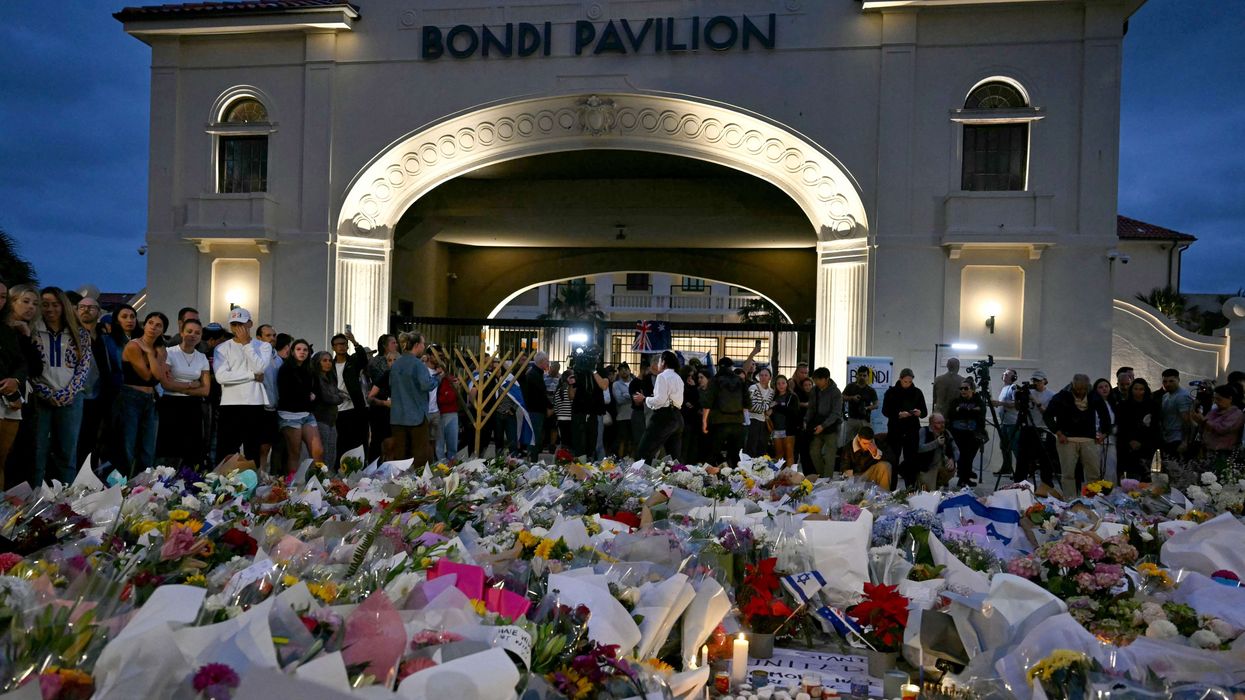THE UK will reintroduce fighter jets capable of carrying nuclear weapons to support NATO’s nuclear mission, prime minister Keir Starmer’s office said, ahead of a NATO summit on Wednesday.
Britain will acquire 12 nuclear-capable F-35A jets, expanding its current nuclear deterrence capability, which has so far been limited to submarine-launched missiles.
“These F35 dual capable aircraft will herald a new era for our world-leading Royal Air Force and deter hostile threats that threaten the UK and our Allies,” Starmer said in a statement on Tuesday.
NATO Secretary General Mark Rutte welcomed the announcement, calling it “yet another robust British contribution to NATO”.
Downing Street described the move as the “biggest strengthening of the UK’s nuclear posture in a generation”. Starmer is expected to formally announce the plan at the NATO summit on Wednesday.
Since the end of the Cold War, the UK’s nuclear deterrent within NATO has only involved submarine-launched missiles.
Heloise Fayet, a nuclear expert at the French Institute of International Relations (Ifri), told AFP the move shows “the continued re-nuclearization of Europe, the renewed need for nuclear weapons, and the strengthening of NATO’s deterrence, in the face of an adversary, Russia”.
The F-35A, made by US firm Lockheed Martin, is a version of the F-35B already used by the UK. Unlike the B variant, the F-35A can carry nuclear warheads in addition to conventional weapons.
The Royal Air Force has long requested the acquisition. The jets are expected to be based at RAF Marham in eastern England.
Defence spending and nuclear risk
NATO leaders are meeting this week in The Hague, where they are expected to commit to spending five per cent of GDP on defence by 2035. The proposal comes amid pressure from former US President Donald Trump.
The UK had already agreed on Monday to meet the spending goal. In February, London said it would raise its defence spending to 2.5 per cent of GDP by 2027, and to three per cent after 2029.
British Defence Secretary John Healey said on Tuesday that the UK faces “new nuclear risks, with other states increasing, modernising and diversifying their nuclear arsenals”.
Currently, seven NATO members — including the US, Germany and Italy — have dual-capable aircraft stationed in Europe that can carry American B61 nuclear warheads, which Britain is also expected to use.
In June, the UK said it would build up to 12 new attack submarines and six munitions factories to strengthen its armed forces amid “threats”, particularly from Russia.
The new submarines will carry conventional weapons and form part of the AUKUS alliance between the UK, the US and Australia.
Starmer also confirmed that the UK will spend £15 billion ($20.4 bn) on its nuclear warhead programme.
(With inputs from agencies)













